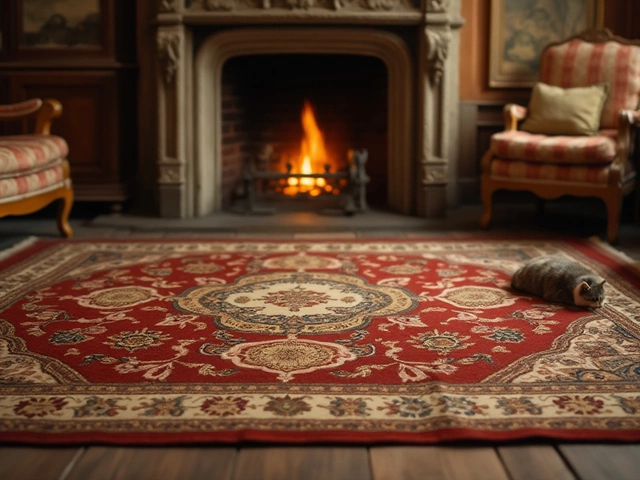Terminology: The Home‑Decor Words You Need to Know
Ever felt lost when a blog mentioned a “concave mirror” or “70‑30 rule”? You’re not alone. Knowing the right words makes buying, styling, and fixing up your home a lot easier. Below we break down the most common terms you’ll see on our site, so you can read with confidence and choose the perfect pieces.
Basic Furniture Lingo
Sofa size. When we talk about a three‑seater couch, we usually mean about 84 inches wide. That size fits most living rooms without crowding the space. If you’re measuring a room, leave at least 18 inches behind the sofa for easy movement.
Seat depth. This is the distance from the front edge of the seat to the backrest. A depth of 22‑24 inches works for most people; deeper seats feel luxurious but can be uncomfortable for shorter folks.
Sectional vs. couch. A sectional is a set of connected pieces that can be rearranged. A regular couch is a single, standalone unit. Choose a sectional if you need flexible seating or a bigger family room.
Lighting and Mirror Terms
Mirror shapes. Round mirrors soften a room, while square or rectangular ones add structure. Concave mirrors curve inward and can make a space feel larger. Convex mirrors bulge outward and are great for safety in hallways.
Adjustable beds. These beds let you raise or lower the head and foot sections. Doctors say they can help with back pain and breathing issues, but check the motor warranty before buying.
Blackout curtains. They block almost all light, perfect for night‑shift workers. The downside is they can trap heat and affect mood, so you might want a lighter layer behind them for daytime.
Now that you’ve got the basics, using the right terminology will help you compare products, read reviews, and ask the right questions. When a product description mentions “plane mirror,” you know it’s a flat mirror with no distortion. If a blog says “70‑30 rule,” remember it’s about balancing colour – 70% of the dominant hue and 30% of an accent colour.
Keeping this glossary in mind makes shopping on Illuminate by Beth smoother. You’ll spot the exact size you need, understand why a certain material is recommended, and avoid the common pitfalls of mis‑interpreting product specs. Next time you see a term you don’t recognize, just check back here – we’ll have the simple definition ready.
Ready to put the new vocabulary to work? Browse our articles, filter by the terms you’ve learned, and find the perfect lighting, mirrors, or furniture that matches your style. Knowing the words is the first step to creating a home that looks and feels right for you.

The Meaning of $5 in Slang: Exploring Its Uses and Origins
Slang is often colorful and ever-evolving, with unique terms for everyday concepts, such as the way people refer to money. This article delves into the slang term for $5, exploring its roots and how it's used in different contexts. It examines the cultural and historical significance behind these expressions, bringing to light the vivid language that surrounds currency. Readers will gain insights into the creativity of informal language and learn about the regions or communities where particular slangs are prevalent.
Categories
- Storage (27)
- Bathroom (18)
- Sofas (15)
- Curtains (15)
- Home Decor (12)
- Bedding (11)
- Kitchenware (11)
- Cushions (11)
- Mirrors (10)
- Rugs (9)
Popular Articles



